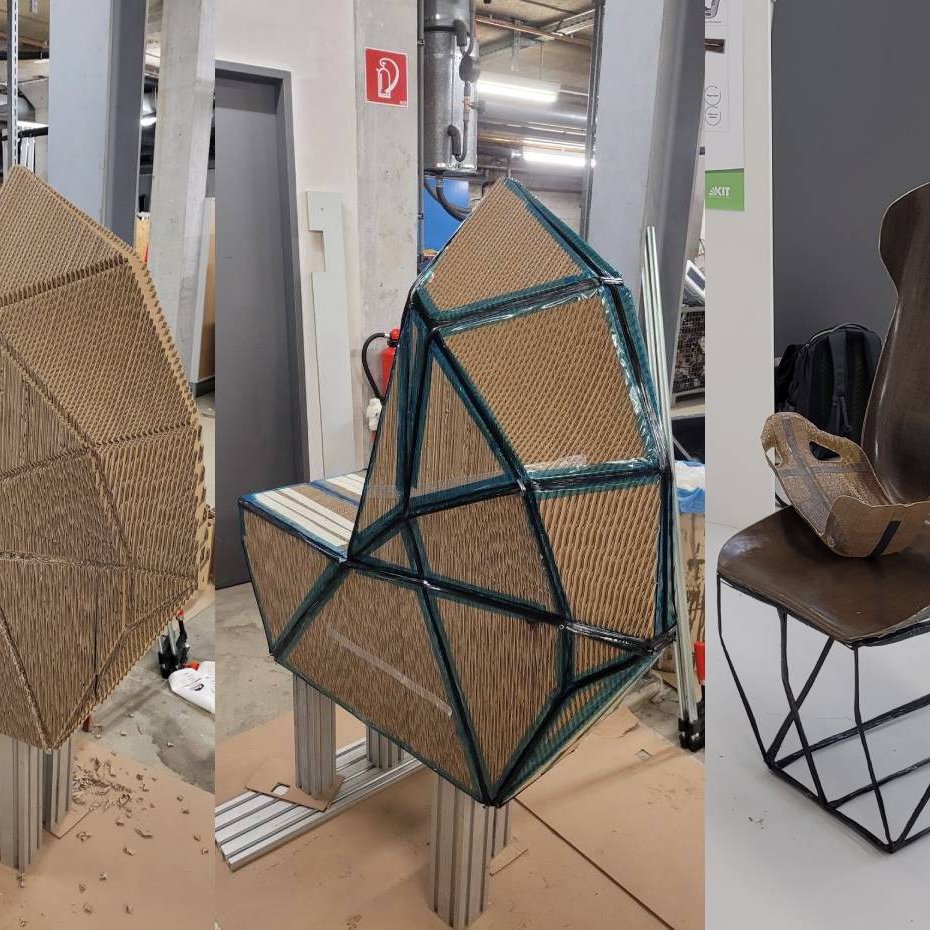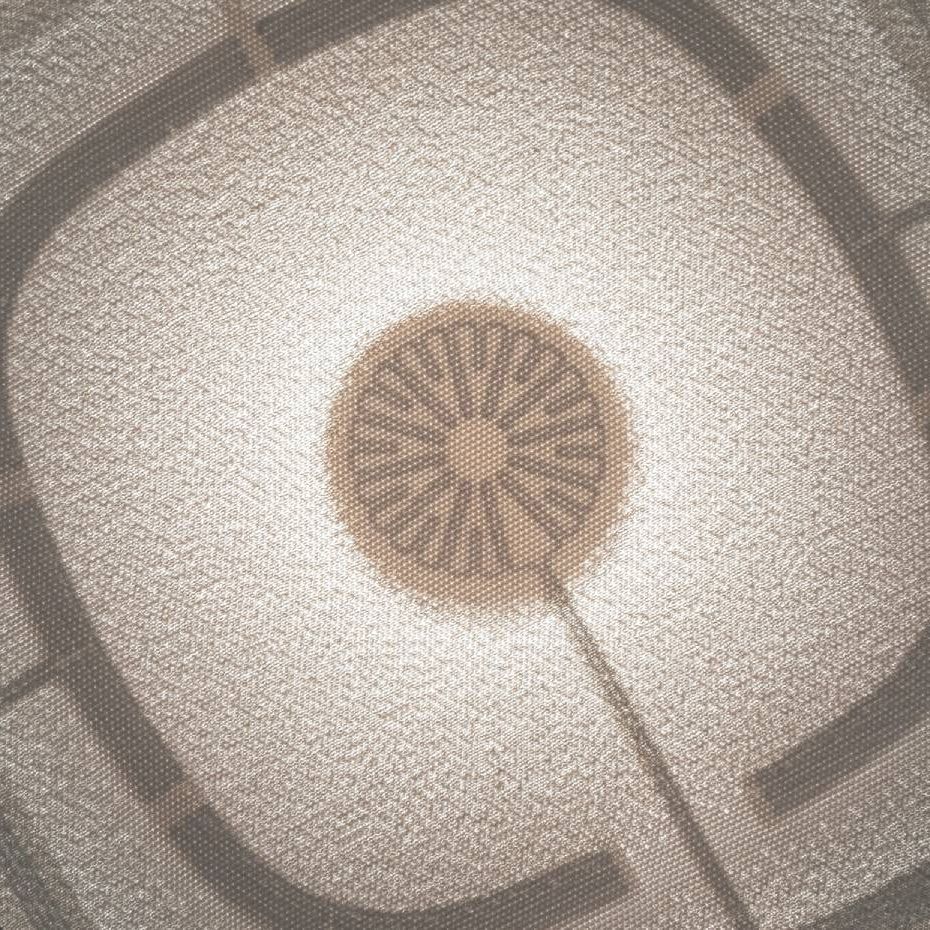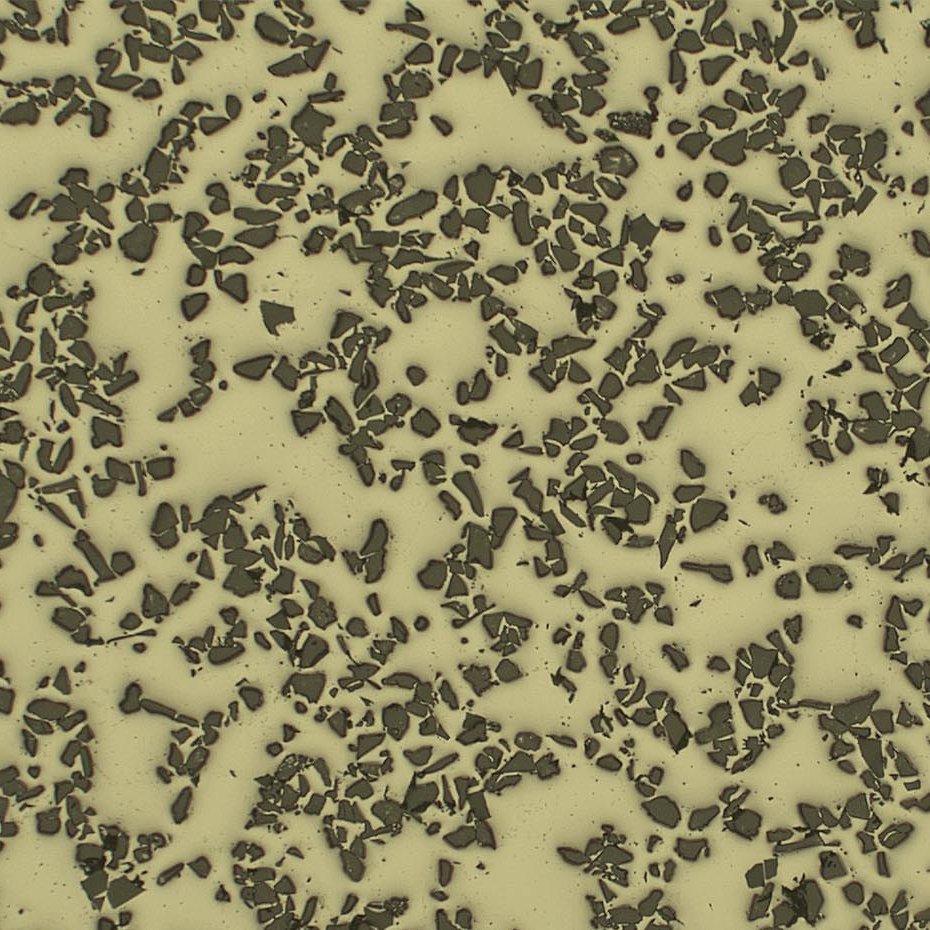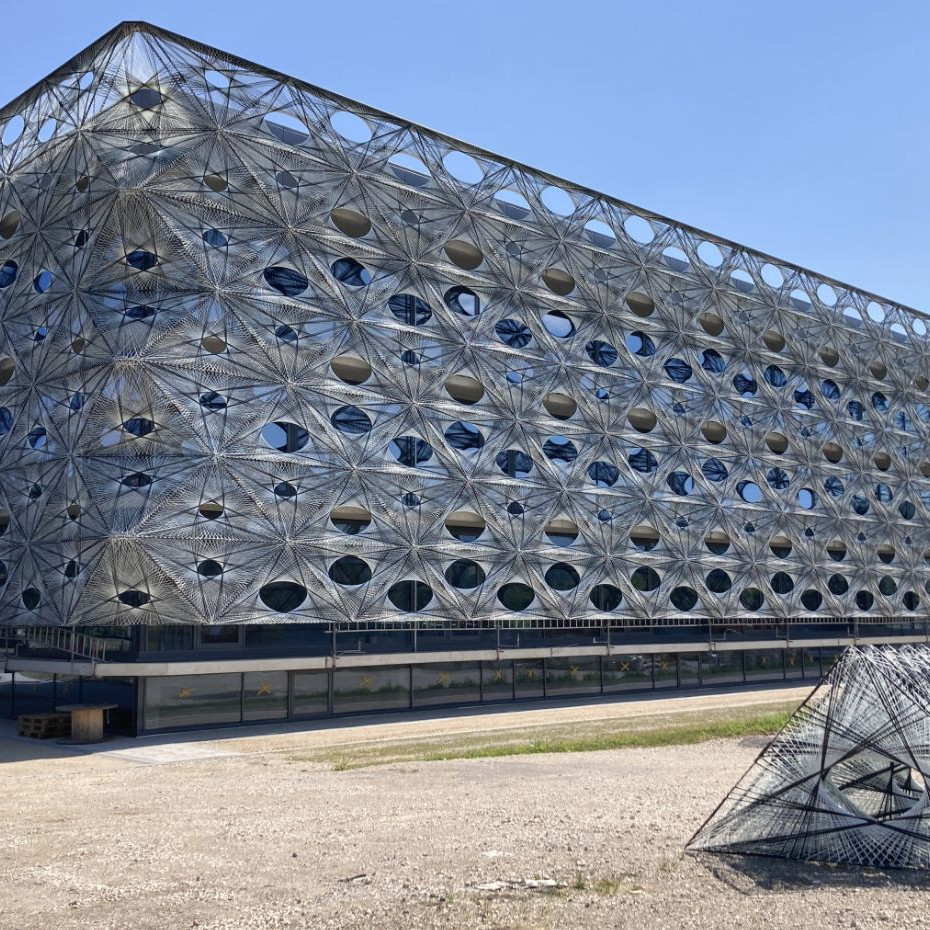The Power of Material
New material solutions
form special issue
Winter 2007
publisher
Birkhäuser (Basel)
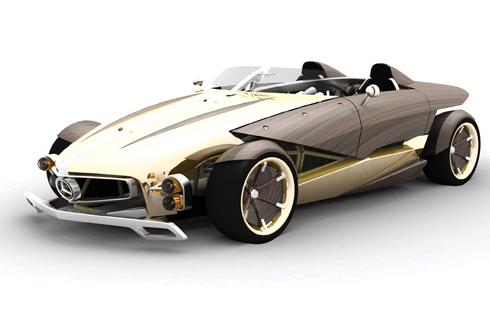
The question of which material is best suited to which product has become much more important to designers. Today, there are so many more new material developments available that they often comprise the stimulus for the design process itself – thus bringing about an even closer cooperation between engineers and designers.
“Every idea has a material solution”, according to the title of the New York data base, Material Connexion, on its current Internet site. For ten years the data base has targeted creative people from all over the world with the aim of placing them in the focus of the innovation process. The founder, George M. Beylerian, rates as one of the first to realize that the possibilities of new materials are not being fully explored by the technical disciplines. His approach is that designers must grapple with materials and develop products in completely new application fields. These days designers are often expected to come up with material innovations. Through Internet data bases such as Materialworks and information platforms, such as Color Material Lab in Munich, designers now have access to companies in Germany as well. There is a wish to participate in the intellectual potential of the creative fields. Nevertheless there are significant prejudices: With structures it has developed over decades, Germany – as a place for technology – finds it too difficult to deal with designers and other creative disciplines which are considered rather unpredictable.
Slowly, however, the rigid paths are starting to break open. The realization is gradually taking hold that it no longer suffices to produce materials with minute functionalities. Reinhard Binder at visions2form says, “We have everything that we need to live, and long for products which satisfy our wishes before we can even verbalize them.” If designers are integrated early in the innovation process they can put in a word or two on the application context for new products. A number of large German technological companies have started to recognize this unused potential. Since 2004 for example, Bayer MaterialScience AG is on the trail of new plastics customers, and in an interdisciplinary way with its Creative Center in the New Business division. “Future applications in the building industry, robotics, logistics and the field of optics and light are areas we scout and in which we expect great strides to be taken. Fields of nanotechnology, polymer electronics and sustainable raw materials offer new paths to solutions,” claims Eckard Foltin, Manager of the Creative Center.
By networking designers, architects, trend researchers and technologists future scenarios are being developed there. The chemical giant is researching developments in which they need to invest today to be successful on the market in the coming decades. “But designers for their part also have to approach companies,” says Christof Struhk, Managing Director of Modulor. “It is no longer enough to satisfy the wish for a beautiful product. Content is what will count in the future.” Today designers should gain the knowledge they need to even engage in a dialoguewith engineers. Above all, if design is integrated scientific institutions can expect that new knowledge will be more quickly turned into marketable products. Too often excellent research results end up in a drawer.
“The step from laboratory to concrete product application is still difficult but absolutely crucial,” says Sylvia Leydecker from 100% interior, who has gathered much experience with nano-materials in interior architecture. The ideal networking of designers and engineers has been successfully initiated in the last few years. In Magdeburg robot treadmills are being developed, in Bremen bionic applications, and in Essen product concepts using nanotechnology. At the LA Design Challenge 2006, car manufacturing designers were called upon to develop environmentally friendly concept cars. The advocates of an interdisciplinary approach in the developmental process no longer derive exclusively from the creative segments. Last December the Industrial Research Foundation called for research on optimizing the interface between design and engineering. At RWTH in Aachen they are already talking about cooperative product development as a new focus of research, and German trade fair organizers will also incorporate the theme this autumn. People are visibly increasing their orientation toward the rising need for creation and engineering to network. The creative trade fair, Material Vision (November 22 and 23, 2007) will merge with the technology platform, NanoSolutions this year (November 21 to 23, 2007). And engineering fairs such as Materialica (October 16 to 18, 2007) and Euromold (December 5 to 8, 2007) will organize design congresses with classic technology themes.
We are witnessing a trend which was quite inconceivable a few years ago and which may lead to a reconciliation of the creative and technical disciplines, of design and engineering. Things are moving in the land of ideas.
image: Mercedes Design
Parali Design from rice straw
22 June 2025
At the Parali design studio, Aarushi Mittal uses traditional techniques to…
Natural fiber reinforced car seat
22 October 2023
The focus of the project "Design for Recycling" is a seat shell that is made…
Liquid Metal Dispensing
28 August 2025
By embedding conductive liquid metals in stretchable textiles and soft…
Furniture for the additive mass production
10 August 2024
The Swedish interior agency "Industrial Poetry" has investigated the inherent…
IGNIS – Light from waste heat energy
12 August 2020
The availability of affordable, independent and, above all, clean electrical…
Brake disc with reduced fine dust
21 April 2021
Fine dust endangers our health. One of the main sources is traffic, especially…
Texoversum
15 July 2023
With the "Texoversum", Reutlingen University has put into operation a training…
Bolometer chips for precise power measurement in fusion reactors
11 April 2025
At Fraunhofer IMM, a so-called bolometer chip was developed for precise power…
Xarvio – Digital Farming
8 January 2021
BASF Digital Farming GmbH has received the renowned Crop Science Award for the…

